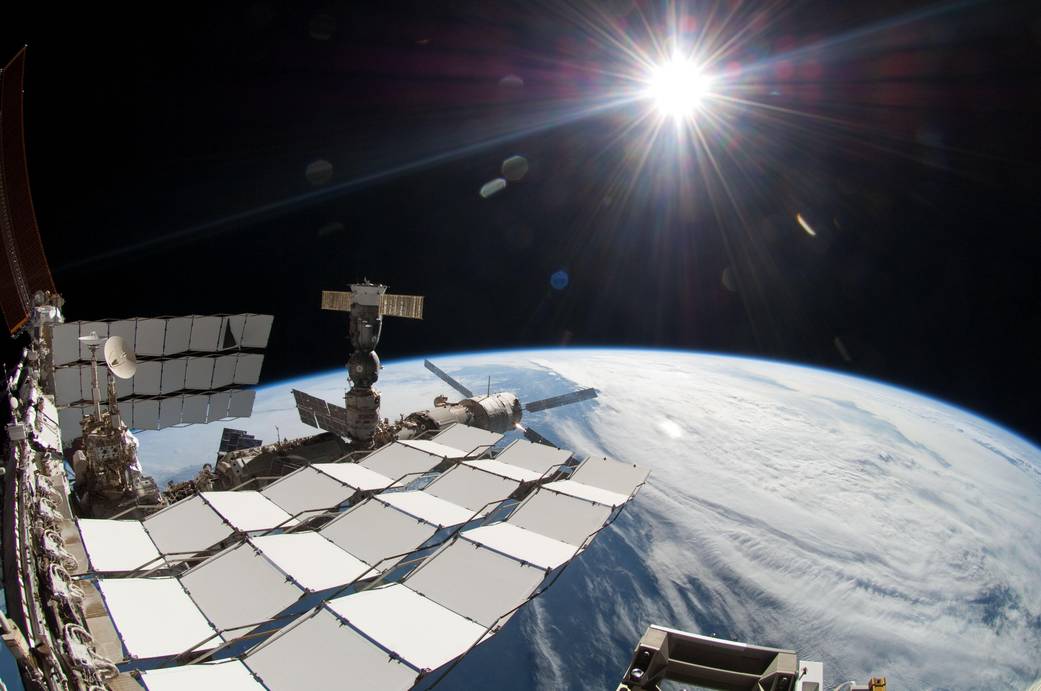
What Colour is the Sun?
When you look up at the sky on a bright, sunny day, what colour do you see? If you said “yellow,” you’re not alone—most of us picture the Sun as a big, glowing yellow ball. But what if I told you that the Sun isn’t actually yellow? In fact, it’s not even the colour you think it is. Buckle up, because we’re about to take a colourful journey through the science of sunlight, and by the end, you’ll see the Sun in a whole new light (pun intended).
The Sun: A Cosmic Chameleon
The Sun is a star, and like all stars, it’s a giant ball of hot, glowing gas. But here’s the twist: the Sun doesn’t have just one colour. It’s a cosmic chameleon, changing its appearance depending on how and where you look at it. From Earth, it often looks yellow, orange, or even red, especially during sunrise and sunset. But in space, it’s a completely different story.
The Science of Sunlight: A Rainbow in Disguise
The Sun emits light in all colours of the rainbow, which together make up what we call “white light.” This is because sunlight is a mix of different wavelengths, each corresponding to a specific colour. When these wavelengths combine, they create what our eyes perceive as white. So, technically, the Sun is white, not yellow.
But wait—if the Sun is white, why does it look yellow to us? The answer lies in the Earth’s atmosphere.
The Atmosphere’s Magic Trick
Earth’s atmosphere is like a giant prism that bends and scatters light. This phenomenon is known as Rayleigh scattering, and it’s the same reason the sky is blue. When sunlight passes through the atmosphere, shorter wavelengths (blue and violet light) get scattered in all directions, while longer wavelengths (red, orange, and yellow) pass through more easily.

Rayleigh Scattering: A visual representation by MyEdSpace
During the day, when the Sun is high in the sky, some of the blue light is scattered away, leaving a slightly yellowish tinge on the Sun. But during sunrise and sunset, when the Sun is low on the horizon, its light has to travel through more of the atmosphere. This scatters even more of the blue light, leaving behind the warm, golden hues we all love.
The Sun in Space: The True Colour
If you were to look at the Sun from space, where there’s no atmosphere to scatter its light, you’d see its true colour: white. Astronauts and satellites confirm this—the Sun is a brilliant, blinding white star. In fact, if you’ve ever seen photos of the Sun taken from space (with proper filters, of course), you’ll notice it looks white, not yellow.

Image Credit: NASA - Image Taken from The International Space Station (ISS)
Fun Fact: The Sun’s Green Side
Here’s a mind-blowing fact: the Sun actually emits more green light than any other colour. If you were to graph the Sun’s light output, it would peak in the green part of the spectrum. So why doesn’t the Sun look green? Because our eyes don’t see individual colours in isolation. Instead, they blend all the colours together, resulting in white.

A Graph of the Sun's Light Output
Why Does the Sun’s Colour Matter?
Understanding the Sun’s true colour isn’t just a fun trivia fact—it’s also important for science. By studying the Sun’s light, scientists can learn about its temperature, composition, and even its life cycle. The Sun’s colour (or spectrum) tells us it’s a G-type main-sequence star, with a surface temperature of about 5,500 degrees Celsius (9,932 degrees Fahrenheit). This knowledge helps astronomers compare the Sun to other stars and understand the universe better.
The Sun’s Colour Through the Ages
Interestingly, humans haven’t always seen the Sun as yellow. Ancient cultures often depicted the Sun as red, gold, or even white. For example, in Egyptian mythology, the Sun god Ra was associated with gold, while in Japanese culture, the Sun is often represented as red. These depictions reflect not only cultural symbolism but also how the Sun’s appearance changes depending on the time of day and atmospheric conditions.

A visual representation of the Egyptian Deity Ra in the style of Ancient Egyptian Hieroglyphics.

A visual representation of the Japanese Rising Sun Flag
Conclusion: A Star of Many Colours
So, what colour is the Sun? The answer is: it depends. From Earth, it’s often yellow, orange, or red, thanks to our atmosphere’s scattering effects. But in reality, the Sun is a white star with a secret green side. It’s a cosmic masterpiece, blending all the colours of the rainbow into one brilliant light source.
So the next time you look up at the Sun (with proper eye protection, of course), remember: you’re not just looking at a yellow ball. You’re witnessing the incredible science of light, colour, and the universe itself. The Sun isn’t just the star of our solar system—it’s also the star of one of nature’s most fascinating optical illusions.
And who knows? Maybe one day, when you’re floating in space, you’ll get to see the Sun’s true colours for yourself. Until then, keep looking up and wondering about the wonders of the cosmos. After all, the Sun isn’t just a star—it’s a reminder that even the simplest questions can lead to the most extraordinary answers.
Bonus Fun Activity:
Try this at home! Use a prism or a glass of water to split the Sun's light into its rainbow-coloured components. You’ll see the full spectrum of light the Sun emits, proving that it’s not just yellow—it’s a dazzling mix of every colour imaginable.
Now go forth and impress your friends with your newfound knowledge. The Sun may be 93 million miles away, but its secrets are closer than you think! 🌞